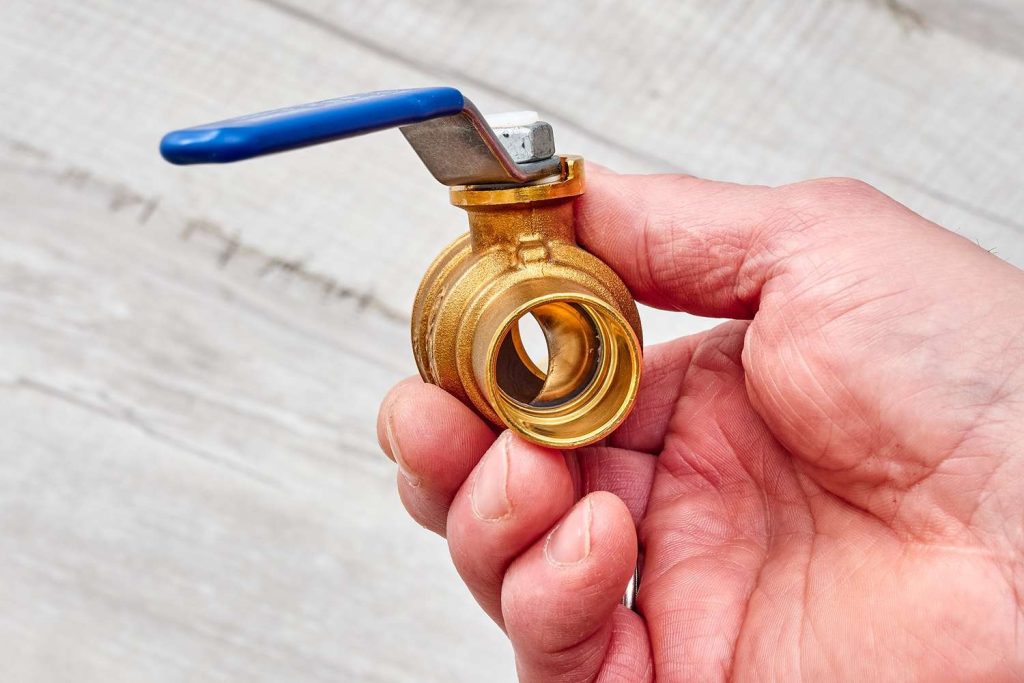A check valve is a type of valve used in fluid control systems to prevent backflow and ensure that fluid flows in only one direction. These valves are essential in many applications, from plumbing systems to industrial fluid circuits, as they protect equipment from damage and maintain system integrity. The primary function of a check valve is to allow fluid to pass through it in one direction while automatically closing to block reverse flow when necessary. The symbols used to represent check valves in schematics and piping diagrams are crucial for understanding and interpreting fluid control systems. In the world of fluid dynamics and design engineering, standardization of symbols helps in maintaining consistency and clear communication. Various types of check valves are represented using specific symbols, each corresponding to the valve’s design and operational characteristics. The most common symbol for a check valve is a circle with an arrow inside it, pointing in the direction of the allowed fluid flow.

This simple symbol is used to represent a variety of check valve designs, but it does not specify the exact mechanism of closure. Additional details are often added to the symbol to indicate whether the valve is a spring-loaded check valve, a swing check valve, or a ball check valve. For example, a spring-loaded check valve is often represented with a spring symbol next to the valve symbol, indicating that the valve relies on a spring mechanism to close. In contrast, a swing check valve might be shown with a hinge check valve symbol, as it uses a swinging disc or flap to block reverse flow. In more complex systems, where multiple check valves are used or when a combination of valves is in operation, the symbols might incorporate extra features. For instance, a valve with a bypass or one that includes a strainer might have additional markings. This distinction helps engineers quickly identify the function of each valve within a network.
Similarly, for designs that include a valve that can be manually overridden or adjusted, the symbol might show an actuator or handle in addition to the basic valve shape. The design application of check valves is primarily focused on ensuring the safety and efficiency of fluid systems. These valves are vital in preventing backpressure that could cause damage to pipes, pumps, or other equipment. In systems where pumps or compressors are used, check valves ensure that the fluid does not flow backward when the pump is turned off, which could lead to flooding or other system failures. For example, in a heating, ventilation, and air conditioning HVAC system, check valves are used to maintain the correct flow direction and protect components from potential damage caused by backflow. In industrial settings, check valves are often found in applications such as water treatment plants, oil and gas pipelines, and chemical processing. The size, material, and design of a check valve depend on the specific fluid and pressure requirements of the system.
